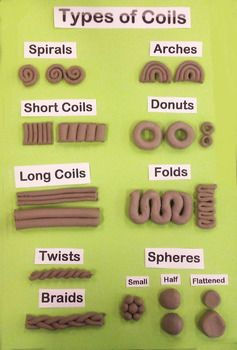Digital Revolution
- TheArtofMrsCastaldi

- Mar 8, 2019
- 2 min read

As vinyl records were once replaced by compact disc, and a horse and carriage were replaced by the automobile, it appears that the digital revolution has inspired the present technological advances that have replaced he once beloved, and now archaic, analog camera. As a passionate analog print developer myself, I too have seen the implications that the bankruptcies of AgfaPhoto (2004), Ilford (2004), and Kodak (2012) have impacted the black-and-white film and print production world. The once beloved names of AgfaPhoto, Ilford, and Kodak have been replaced by names such as: Intel, Hewlett-Packett, and Epson. We are a part of a digital revolution, an age characterized by a focus on the results and not as much on the process or the creation of the piece. The magical experience that many photographers have fallen in love with in the darkroom, as the light strikes the silver, will no longer be able to be seen or experienced by the future generation of photographers. The future photographers, as many of the present photographers, are more result orientated and much less educated on the process of creation.
The digital revolution allows for photographers to capture the “moment” and transform the spotlight of the subject matter from the individual onto that of the verb taking place. The digital image subdivides the picture into a Cartesian grid of cells that are made by assigning a value within each cell. As a photographer enlarges the digital image, the Cartesian grid cells remain the same. The digital image loses the fine definition of detail and the tonal gradations from black to white of the analog image. There is something magical about being able to enlarge a negative, and find new surprises and details hiding within the composition---no longer are we able to witness the detail through the pixilation of the digital image.
However, just as the creation of the Daguerreotypes in 1839, I believe that the art world will primarily put up some resistance to the start of the digital age revolution. However, I believe like every art medium, there is something to learn, explore, and acquire through the digital art form. We have come a long way in the digital world since Russell A. Kirsche developed the binary digits that enabled us to record, and store images. And, the digital world will continue to evolve over the test of time---allowing artists full exploration and manipulation of a variety of digital media. Although modernist Paul Strand believed that “photographic manipulation is photographic, and undesirable. Full potential of medium is dependent on purity of its use”, I believe that the digital age allows us artists to explore, and treat digital photography as a completely different medium that is open to the manipulations of an artist. However, just as the compact disc replaced by the vinyl records were deemed to be of lower sound quality, alike, the digital image will never have the same tonal, and granular quality to the image as the original analog image.


Comments